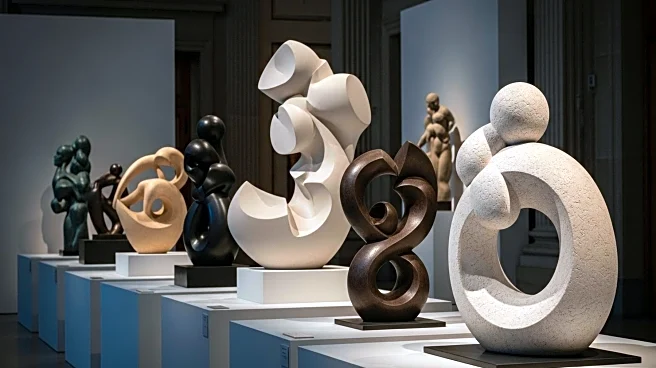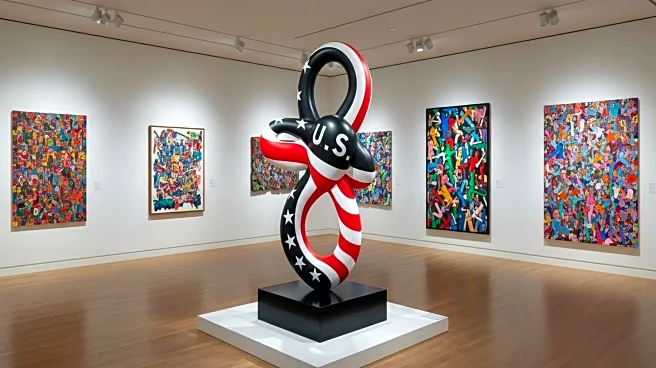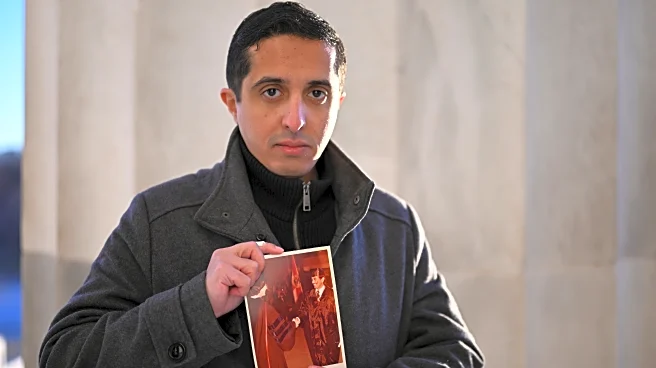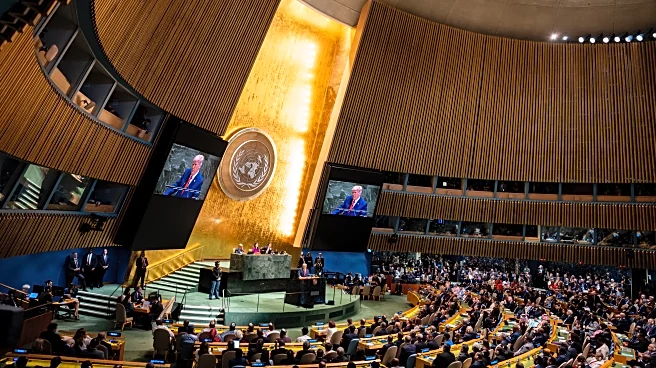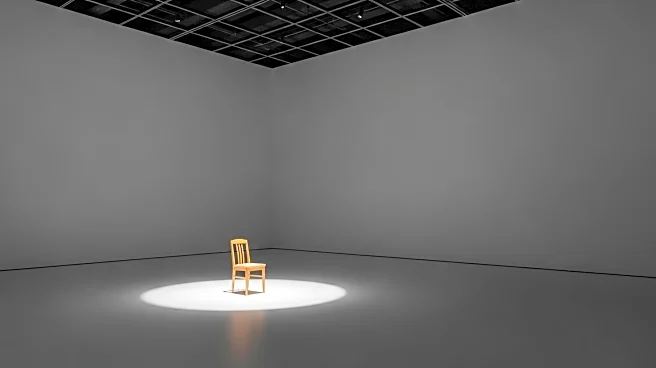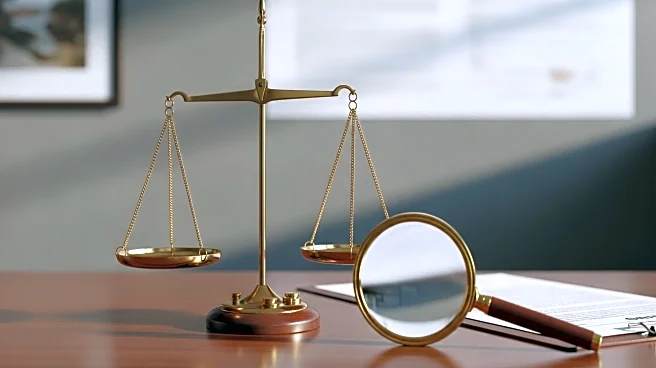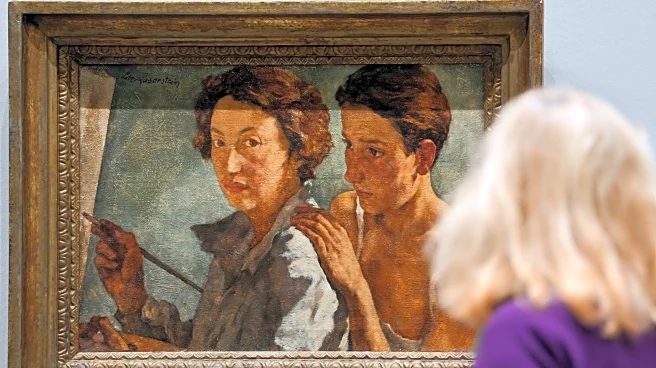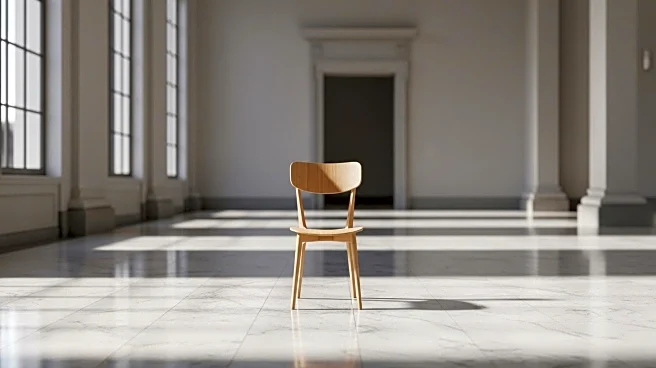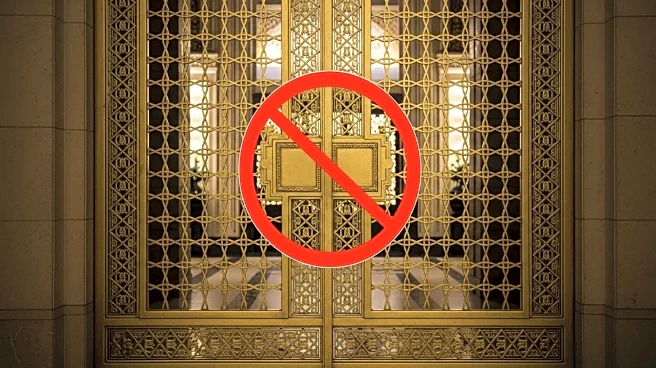What is the story about?
What's Happening?
Simone Leigh, a prominent U.S. artist known for her work focusing on race, history, and gender, is set to present her largest exhibition to date at the Royal Academy of Arts in London in late 2027. The exhibition will feature bronze and ceramic sculptures, film, and large-scale installations. Curated by Tarini Malik, the exhibition will explore themes of architecture and art created under fascist regimes. Leigh, who represented the United States at the 2022 Venice Biennale, has expressed concerns about the current political climate in the U.S., noting that institutions and artists are facing challenges due to anti-diversity, equity, and inclusion (DEI) sentiments. Her work often draws inspiration from African and African-American objects, ethnography, and feminist criticism.
Why It's Important?
This exhibition is significant as it highlights the intersection of art and politics, particularly in the context of rising fascist tendencies. Leigh's focus on art made under fascism is timely, given recent political developments in the U.S., including President Trump's executive order terminating DEI initiatives. The exhibition not only showcases Leigh's artistic prowess but also serves as a commentary on the socio-political environment affecting artists and institutions. It underscores the challenges faced by artists in maintaining creative freedom amidst political pressures, and the role of art in reflecting and resisting societal changes.
What's Next?
The exhibition is expected to spark discussions on the role of art in political resistance and the impact of government policies on artistic expression. Stakeholders, including artists, curators, and political commentators, may engage in debates about the implications of anti-DEI policies and the broader cultural shifts they signify. The exhibition could also influence future art commissions and institutional policies, as it brings attention to the importance of diversity and inclusion in the arts.
Beyond the Headlines
Leigh's exhibition may prompt deeper reflections on the ethical responsibilities of artists and institutions in times of political turmoil. It raises questions about the preservation of artistic integrity and the potential for art to serve as a form of activism. The exhibition could lead to long-term shifts in how art is perceived and valued in relation to political and social movements.
AI Generated Content
Do you find this article useful?
